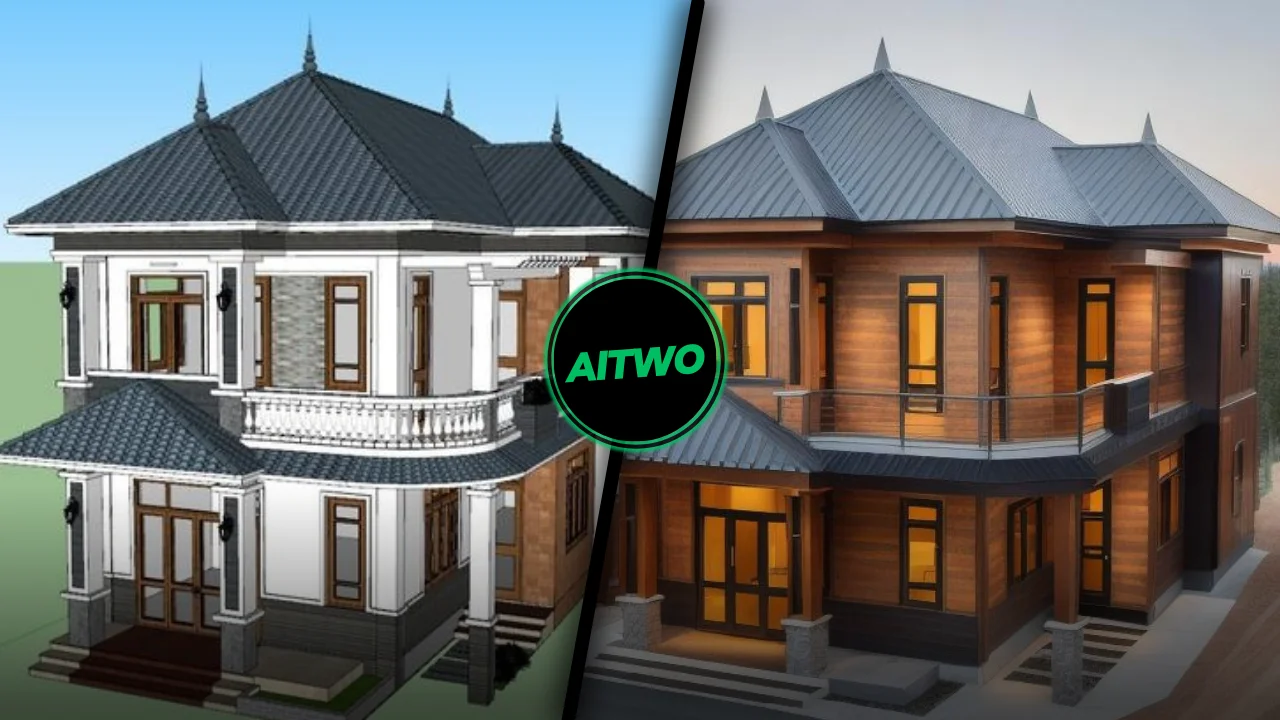AI-Architecture Design: Shaping Sustainable and Intelligent Buildings

In the ever-evolving world of technology, artificial intelligence has emerged as a transformative force in many industries, including architecture. AI is reshaping the way architects conceptualize, plan, and execute designs, making the process more efficient, innovative, and tailored to client needs. This article explores how AI is redefining architectural design, unlocking endless possibilities for creativity and functionality.
Enhancing Design Efficiency
One of the most significant contributions of Ai-architecture design in architecture is its ability to streamline the design process. Traditional architectural methods often involve repetitive tasks such as drafting, analyzing, and revising designs. AI-powered tools automate these processes, allowing architects to focus on creativity and innovation. For example, software equipped with AI can generate multiple design iterations in seconds, optimizing layouts and suggesting improvements based on specific parameters.
By reducing time spent on mundane tasks, AI enables architects to deliver projects faster without compromising on quality. This efficiency benefits not only professionals but also clients, who can expect quicker turnarounds and more cost-effective solutions.
Fostering Innovation and Creativity
AI serves as a catalyst for creativity by offering architects new ways to visualize and approach design challenges. Machine learning algorithms analyze vast amounts of data, from historical designs to modern trends, to inspire fresh ideas. These insights help architects explore unconventional concepts and push the boundaries of traditional design.
Generative design, a subset of AI, is particularly noteworthy. This technology allows architects to input specific requirements, such as space constraints, materials, and environmental factors. The AI then generates a variety of innovative designs that meet these criteria, some of which may not have been conceived through conventional methods. This opens the door to groundbreaking architectural solutions that prioritize both aesthetics and functionality.
Sustainability Through Smart Design
Sustainability is a growing concern in architecture, and AI is playing a pivotal role in creating eco-friendly designs. AI-powered tools assess environmental impact and suggest ways to minimize energy consumption, reduce waste, and optimize natural resources. For instance, AI can analyze a building's orientation, materials, and energy systems to propose solutions that enhance efficiency and sustainability.
Smart building designs enabled by AI incorporate advanced features such as energy-efficient lighting, automated climate control, and sustainable materials. These innovations not only reduce environmental footprints but also improve the quality of life for occupants, making architecture more responsible and people-centric.
Improving Accuracy and Precision
Errors in architectural designs can lead to costly setbacks during construction. AI significantly reduces the likelihood of such errors by ensuring precision in planning and execution. Advanced modeling tools powered by AI detect inconsistencies, structural flaws, or potential risks early in the design phase. This proactive approach minimizes construction delays and ensures projects are completed within budget.
Moreover, AI enhances communication between architects, engineers, and clients. Virtual reality (VR) and augmented reality (AR) tools powered by AI allow stakeholders to visualize designs in 3D, providing a clear understanding of the final outcome. This transparency fosters collaboration and helps address concerns before construction begins.
Redefining Client-Centric Architecture
AI empowers architects to create designs that are tailored to individual client preferences. By analyzing client inputs, lifestyle needs, and aesthetic preferences, AI tools generate personalized designs that resonate with their vision. This level of customization enhances client satisfaction and ensures the final project aligns perfectly with their expectations.
Additionally, AI tools provide clients with interactive design experiences. They can experiment with different layouts, materials, and finishes in real-time, enabling them to make informed decisions about their projects. This interactive process builds trust and ensures a seamless collaboration between clients and architects.
The Future of AI in Architecture
The integration of AI in architecture is still in its early stages, but its potential is boundless. As technology continues to advance, we can expect AI to play an even more prominent role in shaping the future of architectural design. Emerging trends such as AI-driven urban planning, predictive maintenance, and robotic construction are set to revolutionize the industry further.
Architects who embrace AI as a tool for innovation and efficiency will remain at the forefront of the industry. By leveraging AI, they can create designs that are not only visually stunning but also sustainable, functional, and aligned with the needs of modern society.
Conclusion
AI is redefining the architectural landscape, offering unparalleled opportunities for creativity, efficiency, and sustainability. From automating repetitive tasks to fostering innovative designs, AI empowers architects to achieve more than ever before. As this technology continues to evolve, its impact on architecture will only grow, paving the way for a future where design is smarter, faster, and more client-focused. Embracing AI in architecture is not just a trend; it is a step toward building a better, more innovative world.